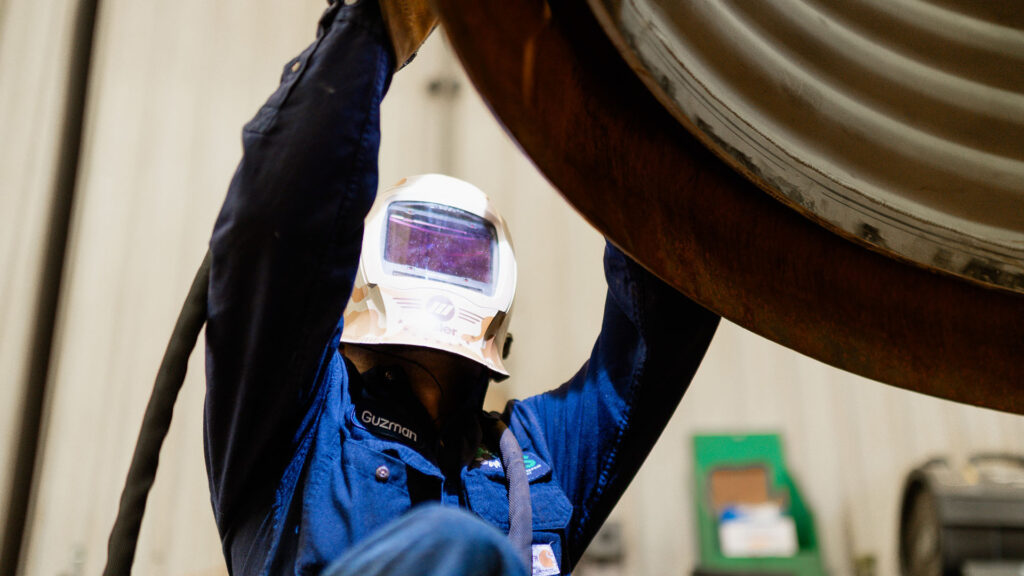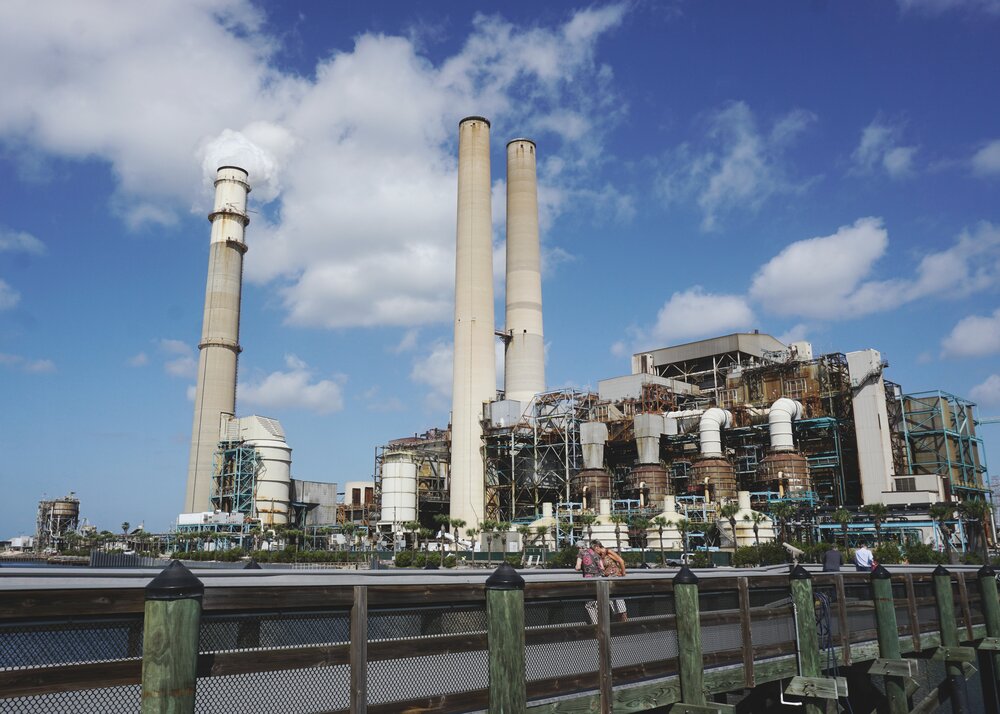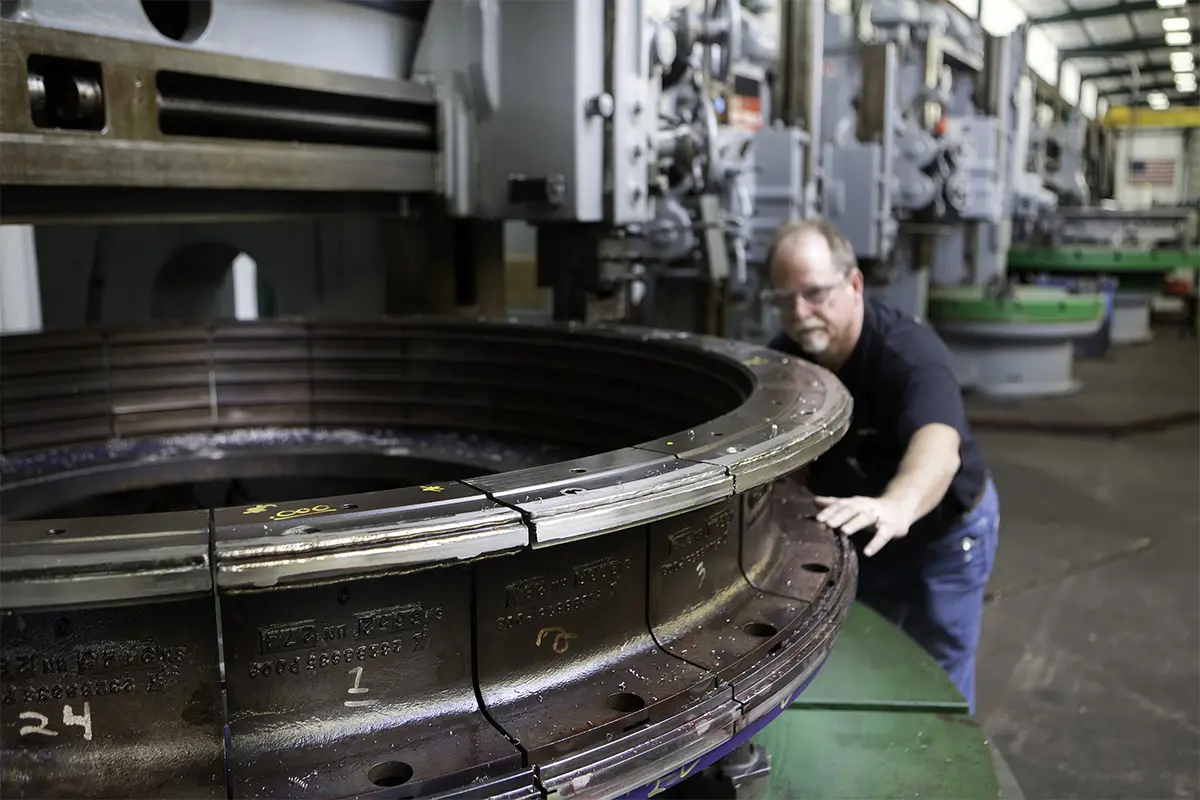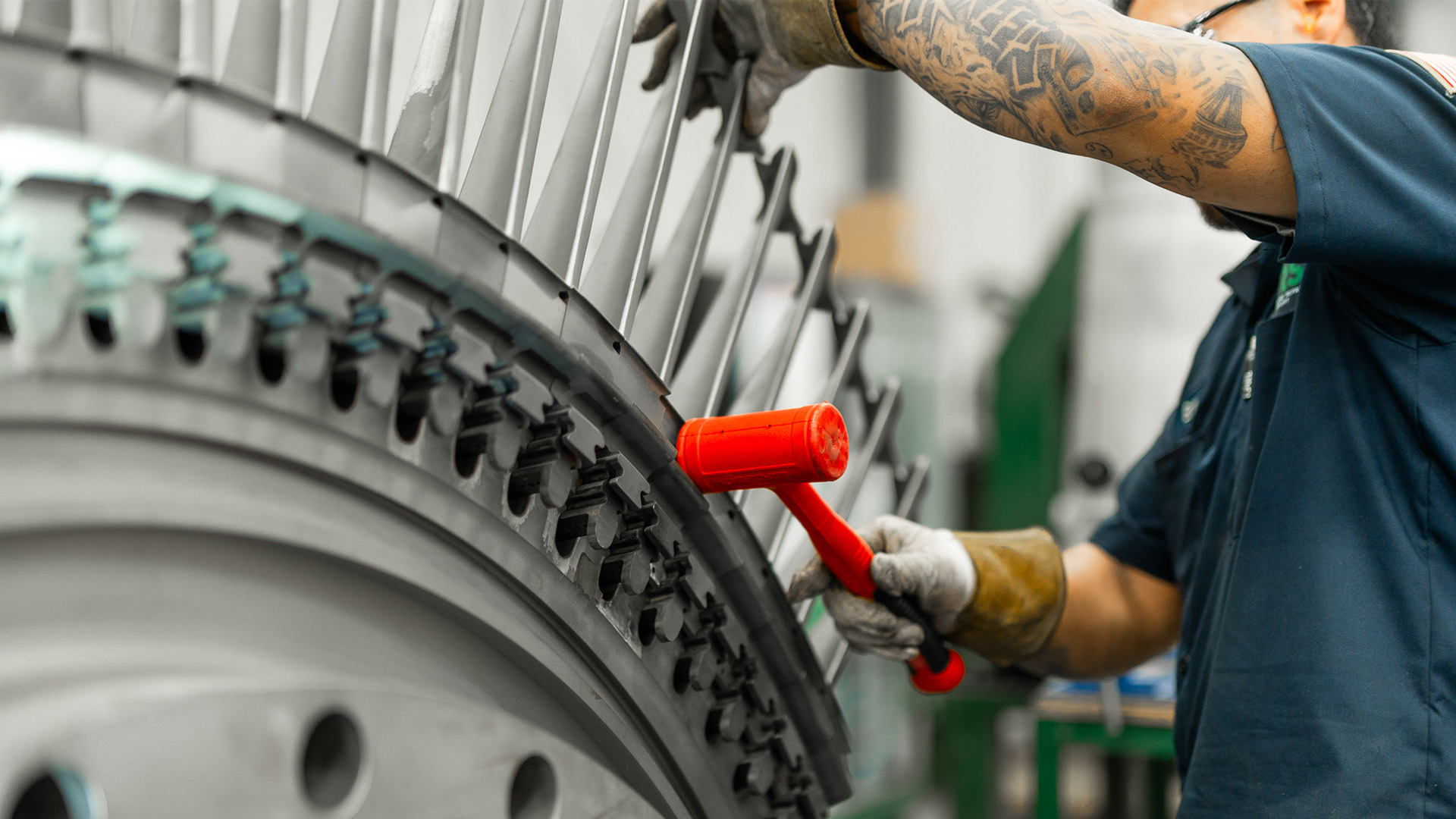Did you know that reducing just one unplanned gas turbine outage can deliver cost savings equivalent to hundreds of thousands of dollars in maintenance and lost production? This shows just how vital proactive component care is in extending gas turbine lifespan, and why effective turbine maintenance tips are more crucial now than ever.
This article explores actionable strategies to help you maximize component longevity and minimize downtime, reflecting industry trends toward smarter, cost-effective turbine upkeep.
Understanding the Stakes: Why Component Longevity Matters
Industrial gas turbines underpin critical industries, from power generation to oil and gas. Components like fuel nozzles, combustion liners, blades, vanes, and transition pieces face severe thermal, mechanical, and environmental stress. Keeping these parts in good shape is central to extending overall system life and ensuring uninterrupted operation. Drawing from leading repair and refurbishment practices, such as those outlined in resources like TRS Services’ expertise in repairing components across Siemens, GE, Alstom, and Solar platforms. This post outlines how savvy maintenance can stretch the gas turbine lifespan while delivering peace-of-mind.
Turbine Maintenance Tips to Boost Component Life
Adopting a systematic, preventive approach is key. Below are proven turbine maintenance tips to help extend component life:
- Schedule regular inspections
Conduct thorough, periodic inspections of critical parts—blades, nozzles, combustion liners, seal housings—to catch wear, cracks, or corrosion early. - Use advanced non-destructive testing (NDT)
Apply methods such as magnetic particle inspection, liquid penetrant, eddy current, ultrasonic, and X-ray to detect hidden flaws before failure. - Enable precision machining and repair
When wear or damage occurs, use precision methods—welding, machining, grinding—to restore parts rather than replacing them. These methods help preserve engineering tolerances and extend component life at a lower cost. - Perform tip and trailing-edge restoration
Repair bucket or blade tip damage with tip restoration and, when necessary, use trailing-edge wishbone coupons to rebuild worn areas and preserve aerodynamic efficiency. - Establish a proactive lifecycle plan
Develop a strategic maintenance calendar with contingency planning—ensuring replacement or repair resources are ready, particularly around planned outages—to reduce downtime and maintain component health. - Evaluate component refurbishment over replacement
Refurbishing components can restore them to near-OEM quality with significant cost savings, reducing waste and maintaining system reliability. - Incorporate predictive analytics where possible
Using performance data and trends helps forecast component degradation before traditional indicators appear, allowing preemptive intervention.
Maintenance Strategies at a Glance
| Maintenance Practice | Impact on Gas Turbine Lifespan |
| Regular inspections | Early issue detection avoids cascading failures |
| NDT methods | Finds subsurface damage without disassembly |
| Precision repair and machining | Restores structural integrity without full replacements |
| Tip restoration & structural renewal | Improves efficiency and prolongs component service life |
| Lifecycle planning & contingency | Prevents downtime during critical operations |
| Refurbishment vs. replacement | Maintains quality while reducing maintenance costs |
| Predictive analytics | Enables scheduled, data-driven maintenance interventions |
A Holistic Approach to Sustaining Turbine Health
A forward-thinking maintenance strategy that combines inspection, testing, precision repairs, refurbishment, and predictive planning not only enhances gas turbine lifespan, but also directly mitigates unforeseen failures. Starting with strong diagnostic practices and following through with intelligent repair methods sustains turbine performance and supports operational resilience.
Conclusion
Extending the gas turbine lifespan goes beyond reactive fixes, it’s about implementing integrated turbine maintenance tips grounded in timely diagnostics, precise repair, and smart planning. By routinely inspecting components, leveraging NDT, favoring repairs and refurbishment, and using data-informed maintenance planning, plant operators can secure stronger performance, lower costs, and longer turbine life.
